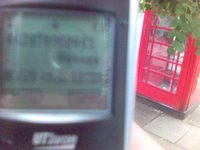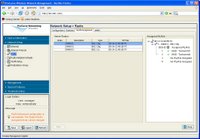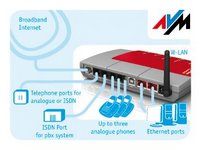Aruba going for IPO?
 Aruba is planning an IPO, according to Unstrung, who are the kind of people who would know. Wireless LAN users will be interested because the company will have to publish
Aruba is planning an IPO, according to Unstrung, who are the kind of people who would know. Wireless LAN users will be interested because the company will have to publishresults (WLAN vendors have so far been pretty secretive), and also because it will come under the control of shareholders. We'll have to wait and see whether they are "ignorant", as Unstrung suggests.
I'd pretty much given up on any of the companies in this space actually going public. They're all founded on the premise of explosive growth, with the old model that they'll do an IPO and get loads of money that way, if they can't persuade Cisco or Nortel or one of the other big players to buy them first. That model hasn't worked this century (except for Airespace), largely because there's only really one company ( Cisco ) left that's ready and able to pay the sort of money the VCs would expect for these start-ups..
I've been thinking that enterprise WLANs is turning out to be the kind of slow-growing area where IPOs and big buy-outs just don't happen.
Aruba's new CEO, Dominic Orr, who I last met in June doesn't agree. Perhaps he's thinking of the kind of froth we've seen around Web 2.0, and VoIP players like Skype and Vonage (though Vonage's IPO was apparently a flop).







